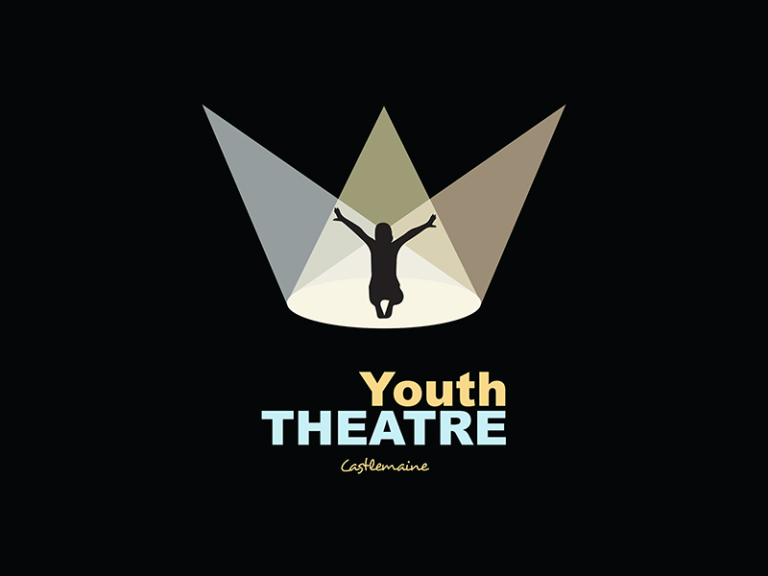
An insight into the Logo Design Process
The creation and design of a logo is a process equally shared between the designer and the client. Often the client has a clear idea of what they want. Sometimes it is inspired by something they have seen; another logo, a brand, or a photo/picture/painting. It is always good to ask if they’ve been inspired by another image as the client doesn’t always say where their idea has come from. Knowing the source enables you to best capture their vision.
This idea may be visualised by the client to differing degrees and it is the job of the designer to create the best interpretation of this idea.
From there the logo design process will have a mutual understanding.
If the designer creates the desired image on the first attempt and the client is clearly happy there is no reason to offer any alternatives. However, sometimes it is in the personal interest of the designer to push the concept a little further and provides several alternatives. It is, after all, the expertise of the logo designer to conceive of bigger and better things.
Most people think that logos that are very simple don’t need too much thought. This is far from true. It takes a lot of work to get something simple and striking.
Here are a few tips on ensuring you get the most out of your logo design.
- A logo design should be kept simple for two very important reasons.
- The image should be recognisable and memorable.Too much information confuses the uninterested observer. Detail can be great to enforce a style but you want the observer to remember the logo and discern the point the client is hoping to project.
- Logos will be reproduced in many different forms and sizes. Detail will be lost on small reproductions. Scaling up a simple image will only create more force and power to a simple logo. I always try to imagine what the logo would look like at about 4cm, embroidered on a polo shirt, which is a likely place for a successful logo to be used.
- Suggesting too many things can confuse and overwhelm the client and the project. Don’t badger the client about too many details, let them make alterations if they see fit.
- The logo designer should provide work within an agreed time frame and without fuss.
- Always calculate the time it takes to design the logo from the first discussion to the final product. This can be tricky as one client may be happy with a first draft and another may want 5 or 6 changes. A good method, which will become easier over time is to estimate an average amount of reviews and factor that into your time frame.
- Expression is the key to logo design but not artistic expression. Artistic expression is motivated by personal interest and not that of the client. The client does not care how you ‘feel’.
- A business will always aim to appeal to the emotion of the consumer and this should be integral to the logo design process. Often this emotive quality will be expressed by the client, sometimes it is the first thing the client expresses – ‘I want people to see that we are…’, or ‘our moral objective is to offer the client…’. This is of course an important factor but there are many other factors also.
Simplicity and power are for the designer the cardinal objectives.
Even logos wanting to express subtlety and softness still need a clear and ‘powerfully’ formed logo. The emotive response to a logo is almost ad-hoc to the design. Every element from the font, stylisation, colourisation, and so on should project the qualities that appeal to the consumer, however, it is the task of the ‘LOGO’ to be recognisable, memorable, and right to the point.
























